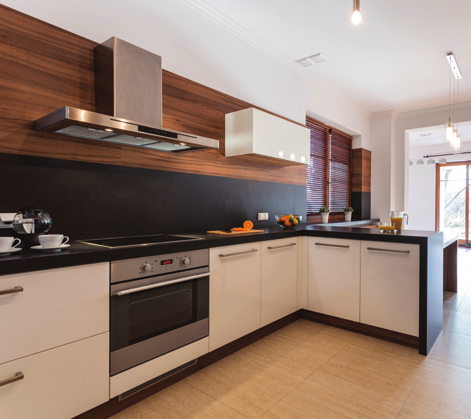LED BUYER'S POCKET GUIDE




Lighting Council Australia is the peak body for the lighting industry in Australia. Our goal is to encourage the use of environmentally appropriate, energy efficient, quality lighting systems.

Master Electricians Australia is the leading electrical industry body providing trusted advice and support to electrical contractors and consumers. Our number one goal is safety. We stand with Lighting Council Australia and recommend using only quality LED products that have been tested to meet Australian Standards. Always engage a Master Electrician to fit these - the safety of you and your loved ones should never be comprised.

Minister for Energy
“Over the last decade, the Australian Government has been working with the Australian lighting industry to reduce power bills, energy consumption and carbon emissions.
Installing LED light bulbs is one of the least expensive and easiest ways that households and businesses can save energy and reduce power bills. Quality LED light bulbs can consume one tenth of the energy to produce the same light output and last 5 to 10 times longer than halogen light bulbs. I commend the Lighting Council on this great initiative.”

LED lighting technology has evolved rapidly over the past decade and is quickly gaining popularity for all general lighting applications. LEDs represent up to 90% savings in electricity and there are excellent LED products available. However, the wide range of products available as well as variation in product quality means consumers should be well informed before purchasing.
The following tips are designed to help you purchase quality lighting products and avoid purchasing non-compliant lighting equipment.
Switching to LEDs is one of the easiest ways to cut your energy bills. Replacing six halogen lamps could save around $100 per year. Using dimmers and motion sensors will cut bills further. Savings depend on a number of factors, in particular usage patterns (e.g. hours/day or year), electricity prices, the type of lamp and its efficacy.

As well as considerable energy savings, quality LED light bulbs typically last around 15,000 hours compared to 2000 hours for halogen light bulbs.
Use the following guide to help purchase appropriate lighting products:

B22 |

E27 |

E14 |

B15 |

MR16 |

GU10 |
LEDs use much less energy to produce the same amount of light as traditional products.
Use the following brightness comparison guide and purchase LEDs based on lumens and not wattage.
Lumens (Sometimes abbreviated as ‘lm’) represent the amount of light produced by a lamp.
| Light Output (Lumens) |
LED (Watts) |
Compact Fluorescent (Watts) |
Halogen (Watts) |
Incandescent (Watts) |
|---|---|---|---|---|
| 120 - 150 | 1 - 2 | 4 - 5 | 10 - 13 | 15 |
| 200 - 250 | 3 - 4 | 6 - 7 | 18 | 25 |
| 400 - 500 | 6 | 8 - 12 | 28 | 40 |
| 700 - 800 | 7 - 10 | 13 - 18 | 42 | 60 |
| 900 - 1100 | 11 - 13 | 18 - 22 | 65 - 70 | 75 |
| 1300 - 1500 | 14 -20 | 23 - 30 | N/A | 100 |
This is the ability of a light source to render the colour of an object naturally and realistically. For indoor use, choose LEDs with a CRI of at least 80.
 CRI 90
CRI 90 CRI 80
CRI 80 CRI 60
CRI 60Based on your personal preference, choose between warm white (3000K), cool white (4000K) and daylight (5000+ K).
Warm white (2700K-3000k): This is the closest colour temperature to an incandescent/halogen lamp.
Cool white and daylight (4000k/5000k+):
 2700 K
2700 K 3000 K
3000 K 4000 K
4000 K 5000 K
5000 K 6000 K
6000 KLow quality and non-compliant LEDs may be unsafe, cause TV and radio interference, not provide sufficient light, flicker when dimmed, change colour over time, fail prematurely, or not fit into an existing fitting.
Lighting Council Australia members agree to abide by a Code of Conduct and supply products that comply with Australian standards and regulations.

Lighting Council Australia members agree to abide by a Code of Conduct and supply products that comply with Australian standards and regulations.
Lighting Council Australia Members are reputable manufacturers and suppliers whose claims are based on rigorous testing and are reliable.
View the full list of Lighting Council Australia Members and range of lighting brands online.
